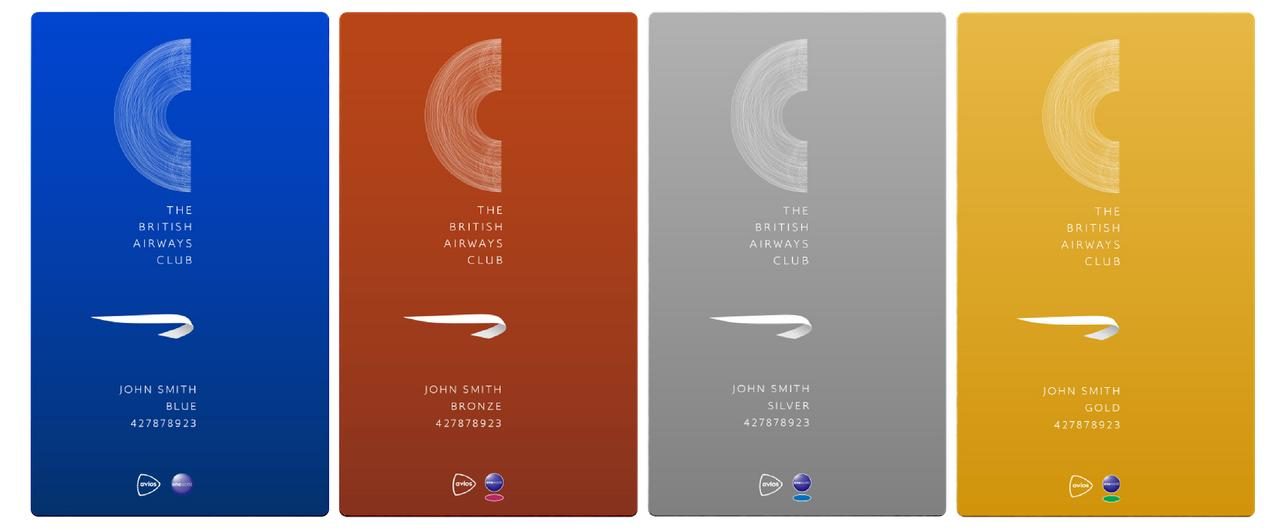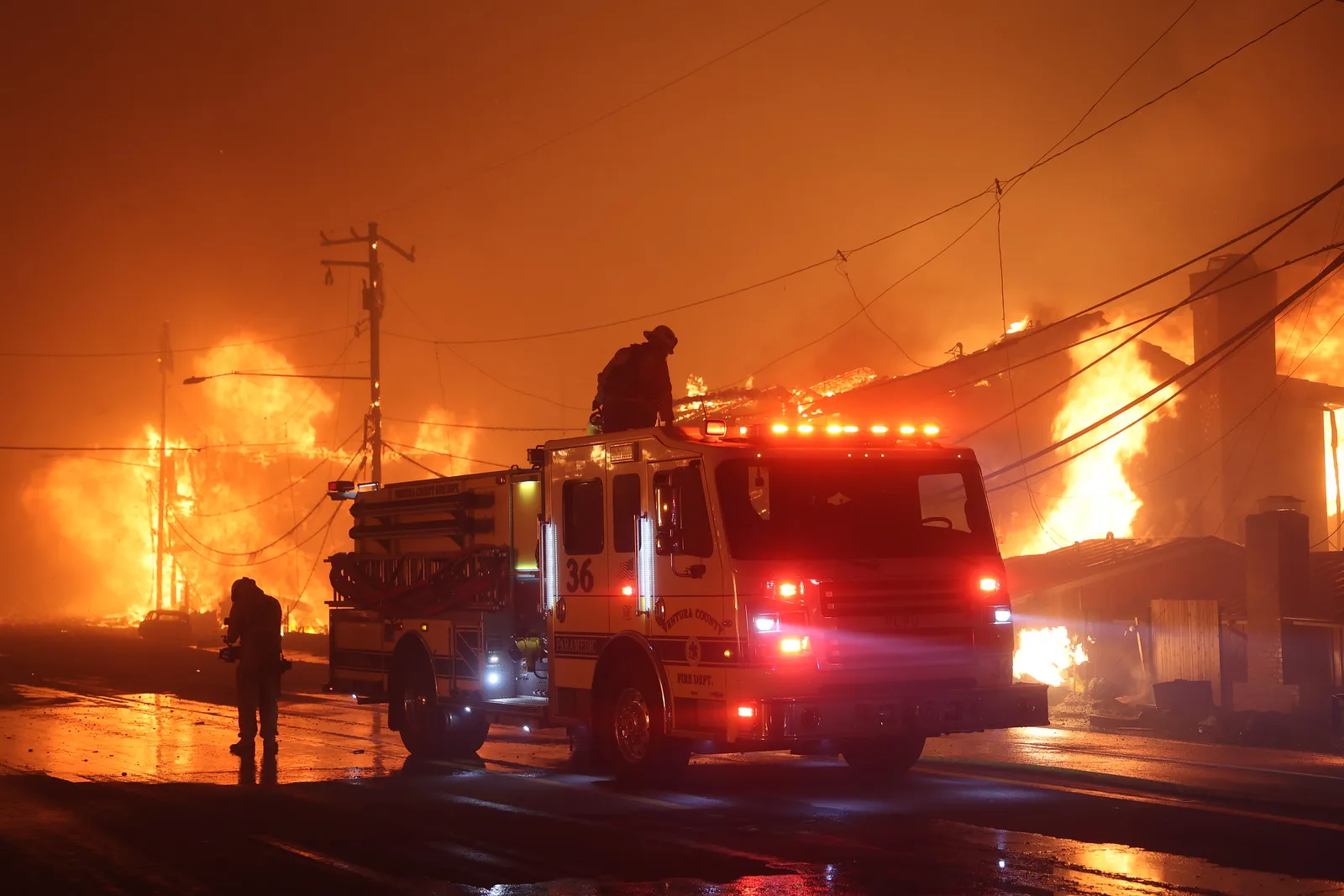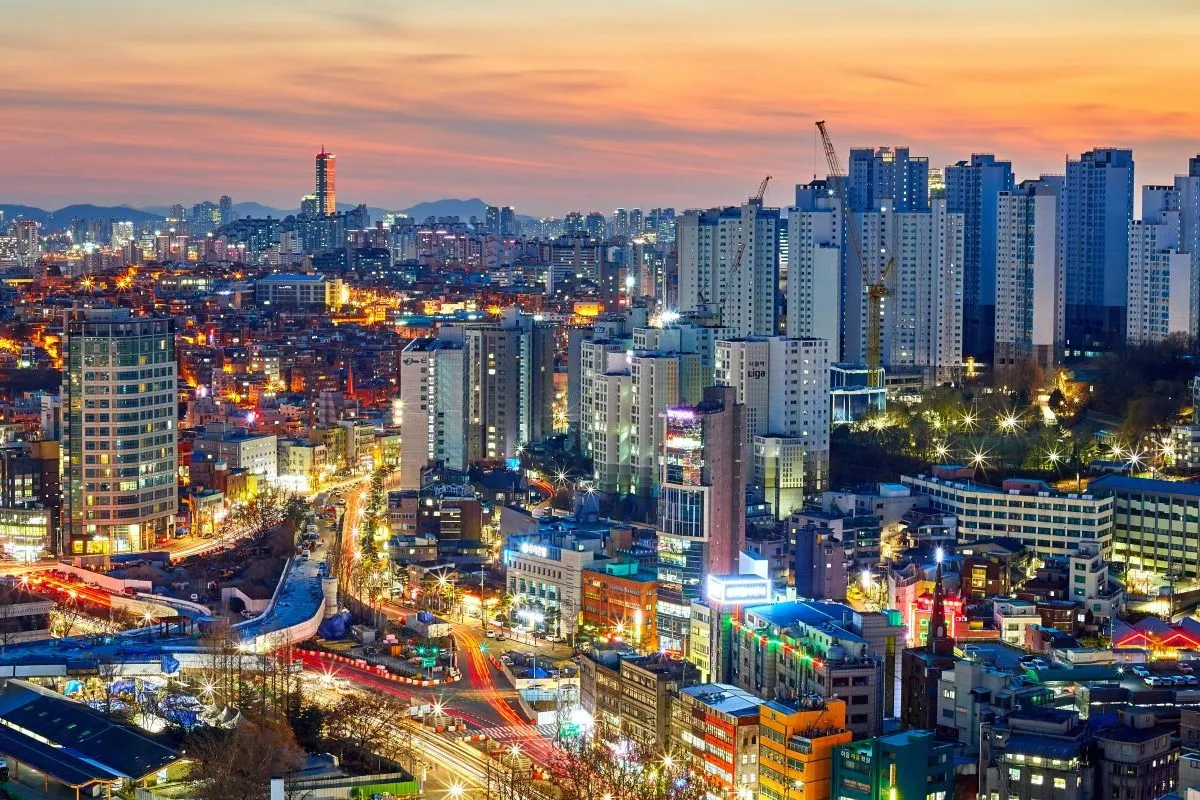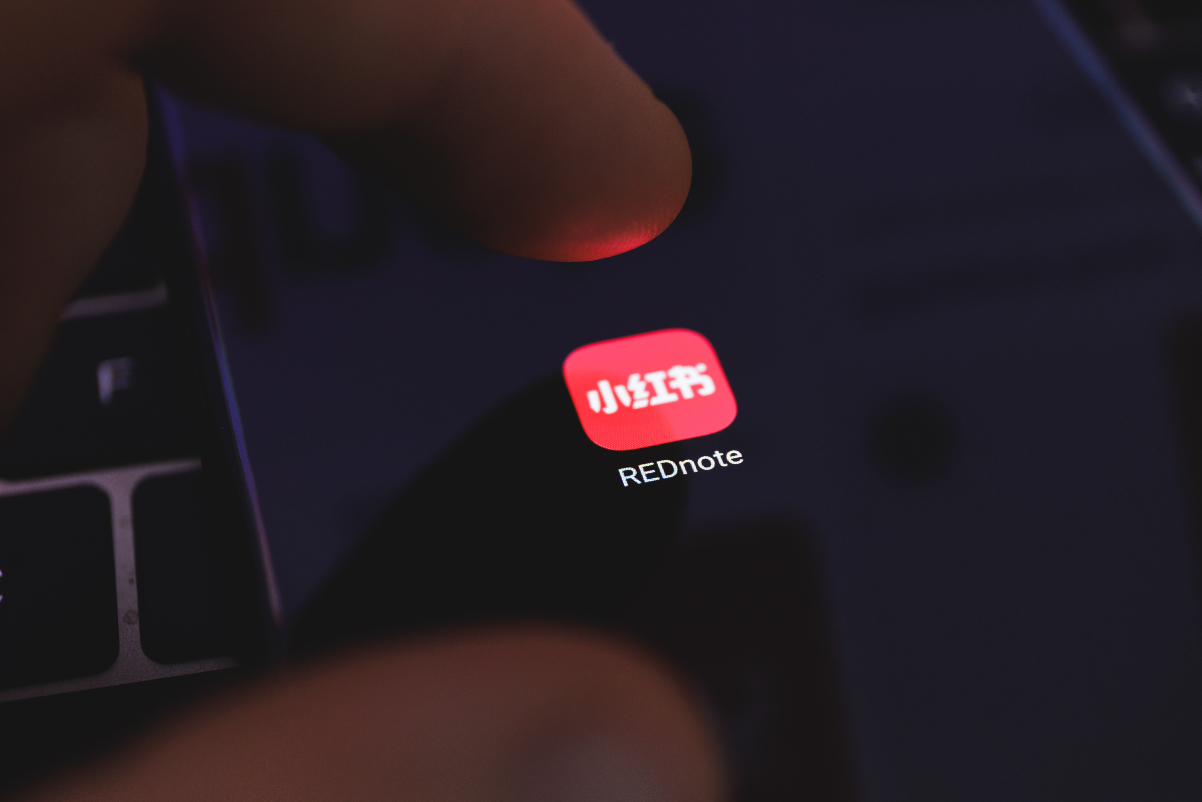New York City Subway Ridership Reaches Highest Level Since 1949
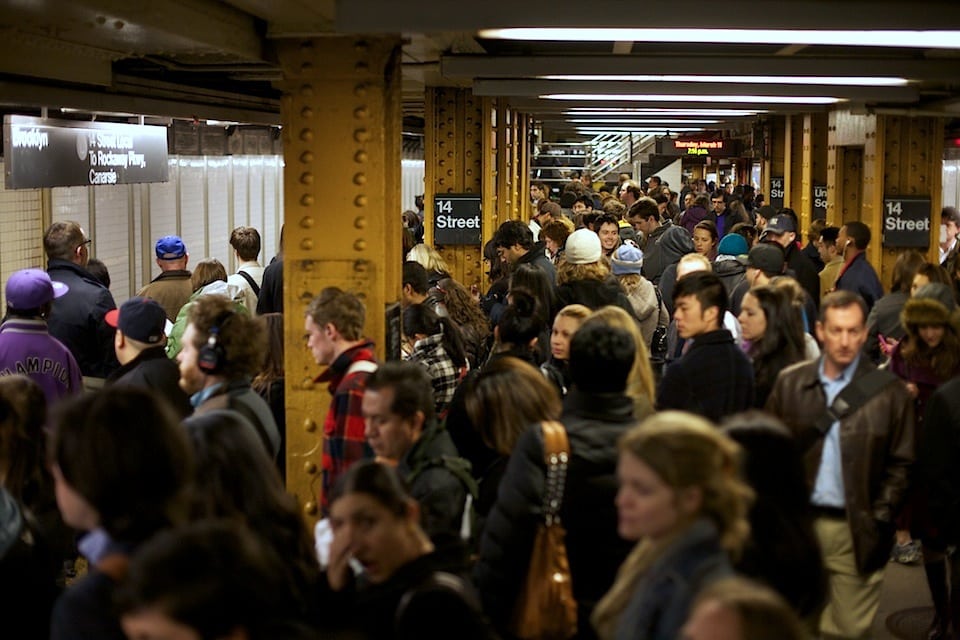
Skift Take
Annual subway ridership in New York City reached 1.708 billion in 2013, surpassing a 62-year high of 1.654 million recorded in 2012.
Weekend ridership reached an all-time high of 5.8 million passengers, beating the previous all-time weekend high recorded in 1946.
Weekday ridership reached 5.5 million, the highest since 1950.
Subway ridership is defined as all passengers, excluding NYC Transit employees, who enter the subway system.
The New York City subway system also had its busiest day on record in its 2013.
A total of 5,985,311 rides were taken on October 24, according to The Mobility Factbook created by the NYU Rudin Center for Transporation. A typical weekday sees 5.4 million riders hop on and off.
| Year | Avg Weekday | Avg Saturday | Avg Sunday | AvG Weekend | Annual Total |
|---|---|---|---|---|---|
| 2009 | 5 | 3 | 2.3 | 5.2 | 1579.9 |
| 2010 | 5.2 | 3 | 2.3 | 5.4 | 1604.2 |
| 2011 | 5.3 | 3.1 | 2.4 | 5.5 | 1640.4 |
| 2012 | 5.4 | 3.2 | 2.5 | 5.7 | 1654.6 |
| 2013 | 5.5 | 3.2 | 2.6 | 5.8 | 1707.6 |
Source: MTA. Numbers in millions.
Drastic Growth
Brookyln had the greatest growth of any borough with a 2.4 percent increase in weekday riderships, an increase of more than 27,000 riders per weekday.
Although drastic, the rise isn't all that surprising given the popularity of the neighborhood with locals and visitors alike.
The L train experienced the greatest growth of any single line with a 5.3-percent increase equaling a spike of more than 6,000 riders per weekday. Ridership increased at every station on the line, but it was most significant at the Bedford Av station where weekday ridership has jumped more than 50 percent since 2007.
| Station | 2009 | 2010 | 2011 | 2012 | 2013 | 2012-12 Change | 2013 Rank |
|---|---|---|---|---|---|---|---|
| System Total | 1579.9 | 1604.2 | 1640.4 | 1654.6 | 1707.6 | 53 | +3.2% |
| Manhattan | 873 | 883.7 | 904.8 | 912 | 940.3 | 28.3 | +3.1% |
| Brooklyn | 335.4 | 344.6 | 352.3 | 356.9 | 372.4 | 15.5 | +4.4% |
| Queens | 234.6 | 236.9 | 240.6 | 240.6 | 245.7 | 5.1 | +2.1% |
| Bronx | 138.3 | 140.6 | 143 | 145 | 149.1 | 4 | +2.9% |
Source: MTA. Numbers in millions.
Service Improvements
Record ridership is being met with tech innovations. Free Wi-Fi service is currently offered at 36 stations and plans are in place to roll out connectivity at all 277 stations by 2017.
The MTA is also working on an ambitious plan to replace paper MetroCards with a next-generation payment system by 2019.
The new system would employ near-field communication or radio frequency technology allowing riders to use key chains, credit cards, or their smartphones to tap rather than slide through subway turnstiles or dip into bus buckets.
The MTA has also done a terrific job of updating its fabulous Flickr account.
The frequently updated account that gives viewers a look at tunnels that will one day become the 2nd Avenue subway line, the workers that spend nights and weekends on repairs, and the transit stations that stood ghostly empty during Hurricane Sandy.

